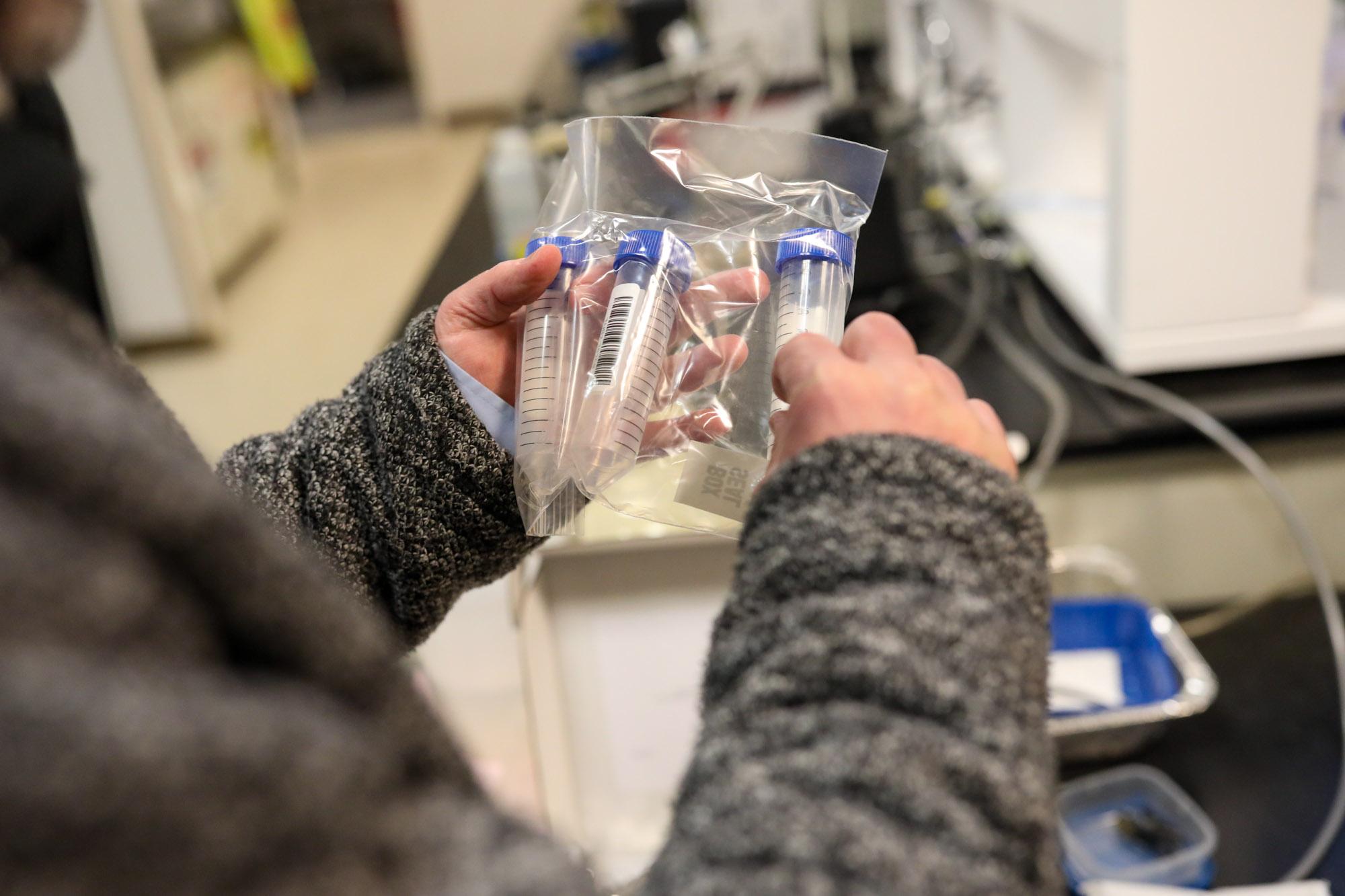
More than 40 utilities statewide report a steady increase in coronavirus found in wastewater. Only three report a drop, according to the state's COVID-19 dashboard.
The increase is likely being driven by new circulating variants that have advantages over older strains, said state epidemiologist Dr. Rachel Herlihy.
“At this time of year when the weather gets really hot, people move indoors,” she said, “and we know that indoor environments do facilitate ready transmission of this virus.”
The number of people now hospitalized with confirmed cases rose eight from 87 this week to 95. The number watched closely as a sign of a surge in illness in the broader community, has remained below 100 since mid-March. It dropped to 73 in mid-May but has risen since.
In addition to the number of hospitalizations, nearly all of the other COVID-19 gauges are headed up, according to a state website, including cases and the rate of positive cases.
In the most recent Colorado data, from May, more than 35 variants were circulating with the strains called JN and KP making up nearly half of variants detected through genome sequencing. Similar trends are being reported in national data, along with the emergence of a new variant, called LB.1, according to the website of the Centers for Disease Control and Prevention.
“They're just extremely transmissible. There's no evidence that they're more virulent at all,” said Dr. John Swartzberg, a professor and expert in infectious diseases at UC Berkeley. “So it's a more risky time for people at higher risk now than it was in April or even in May.”
This summer COVID-19 cases have been rising in the U.S., with spikes in wastewater being reported elsewhere in Western states.
“We're in a summer swell. I won't give it the title of a surge at this point, but we're in a summer swell coming off very low numbers,” Swartzberg added. “There's no question that the West in particular, which Colorado and California are both in, has some of the highest numbers in the country, a little bit New England too.”
Herlihy disagrees about the semantics.
“We do certainly appear to be in the middle of a summer COVID surge. This is not uncommon. Most summers since the pandemic began, we actually have seen a surge in infections occur,” Herlihy said.
Whether you call it a summer swell or a summer surge, the increase is clear and echoes trends elsewhere in the U.S.
Last summer was actually an exception where Colorado really did not see a clear wave of COVID during the summer.
“I think we're still trying to understand patterns, seasonality of this virus, but it does look like there is an increase occurring right now,” Herlihy said.









